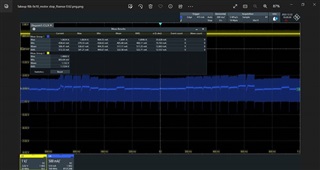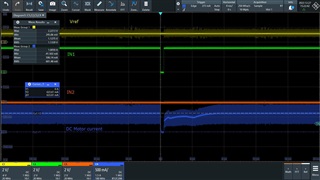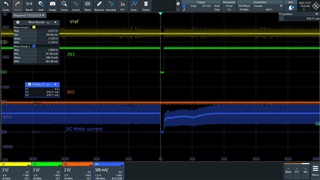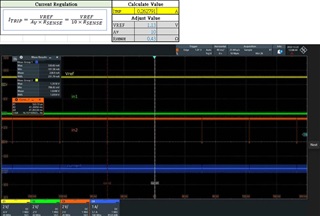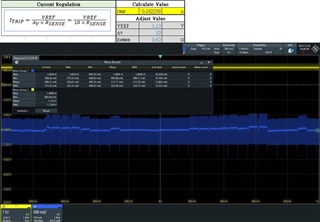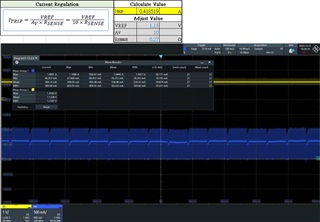Hello Sir:
Figure 7-9 of datasheet shows the current regulation gain vs reference voltage when Vvm=24V.
End customer is asking if Vvm=48V, how about that curve will be?
Or do you have formula can calculate current regulation gain?
Please kindly provide your recommendations.
Thanks a lot.


